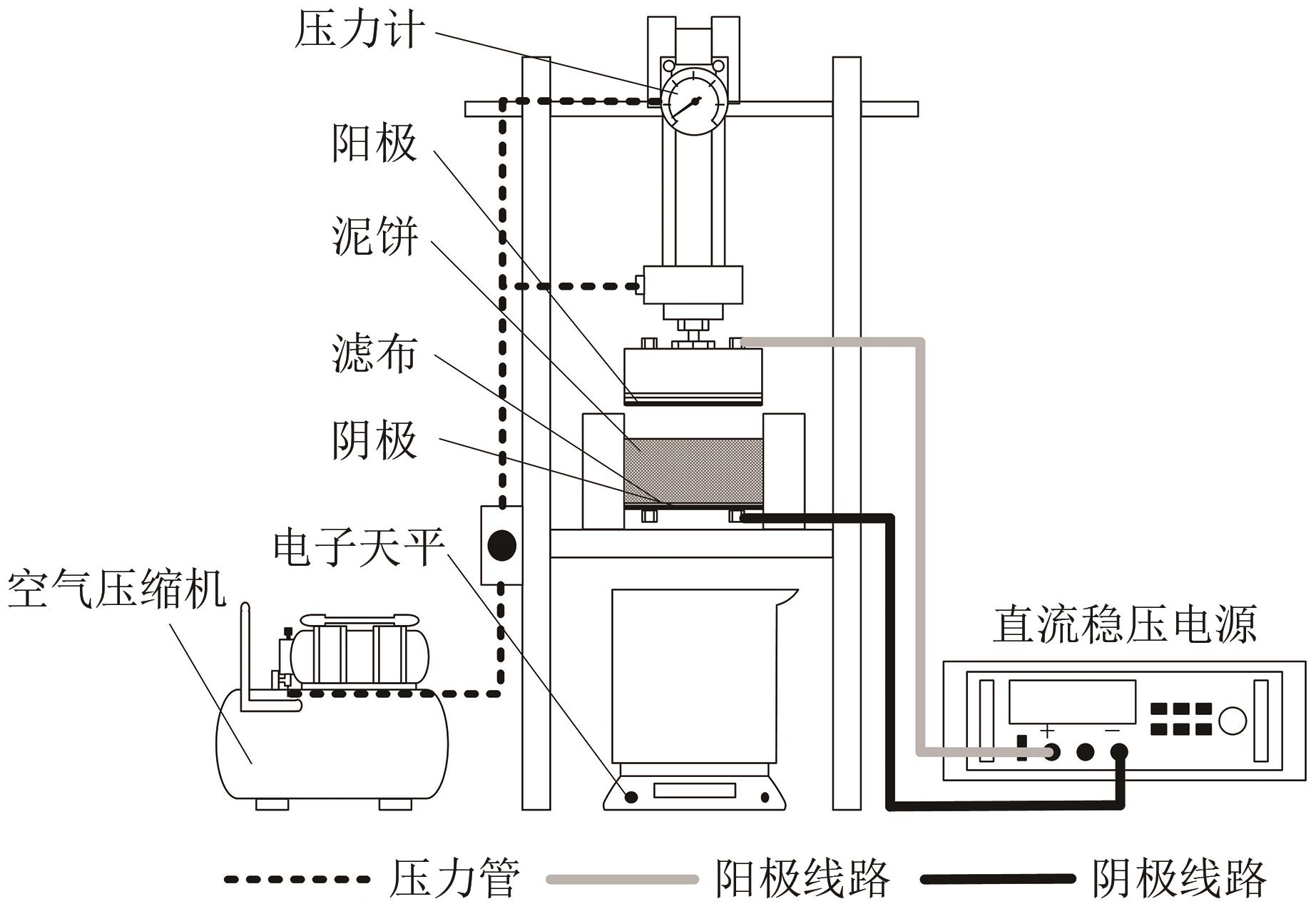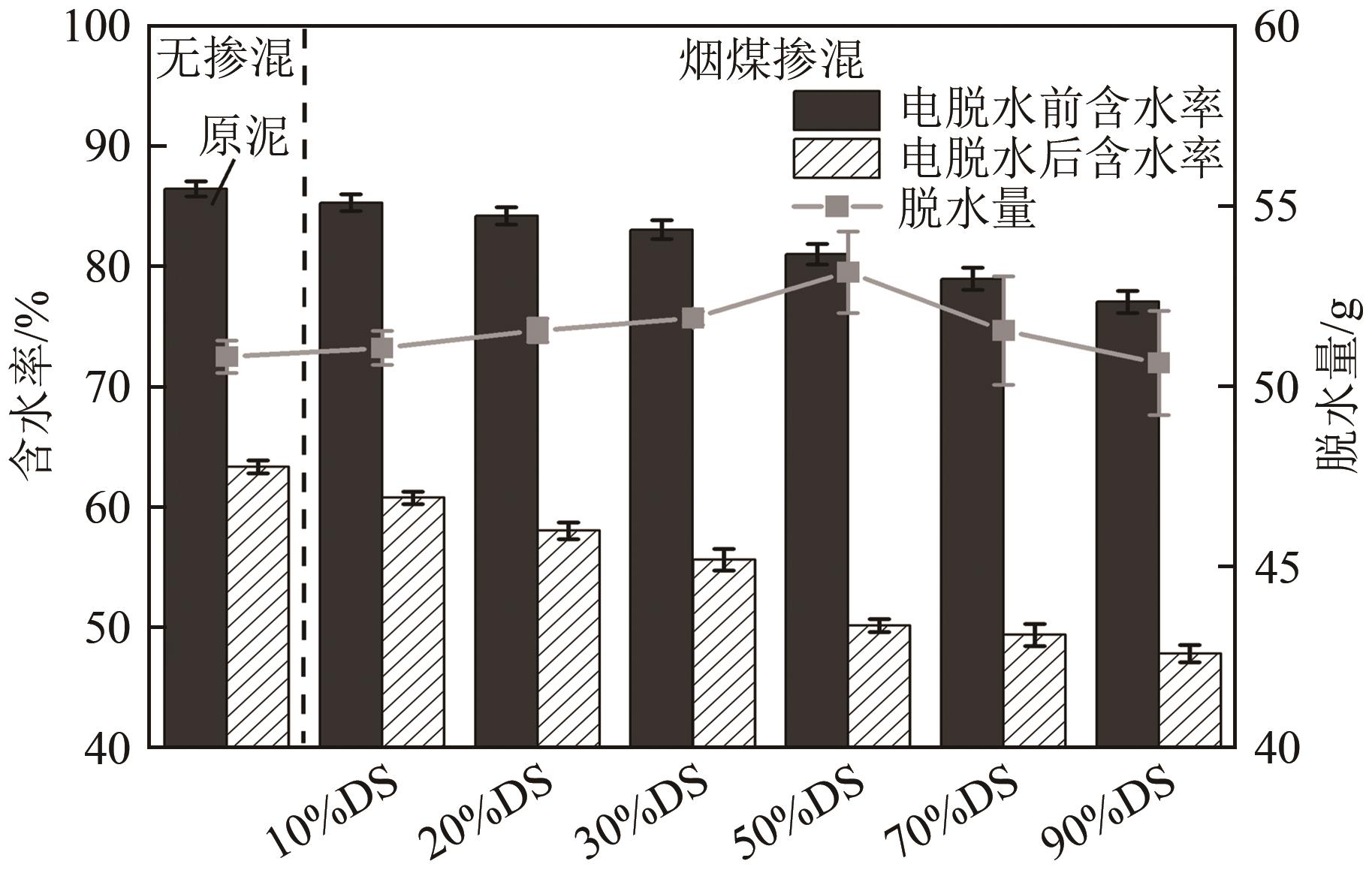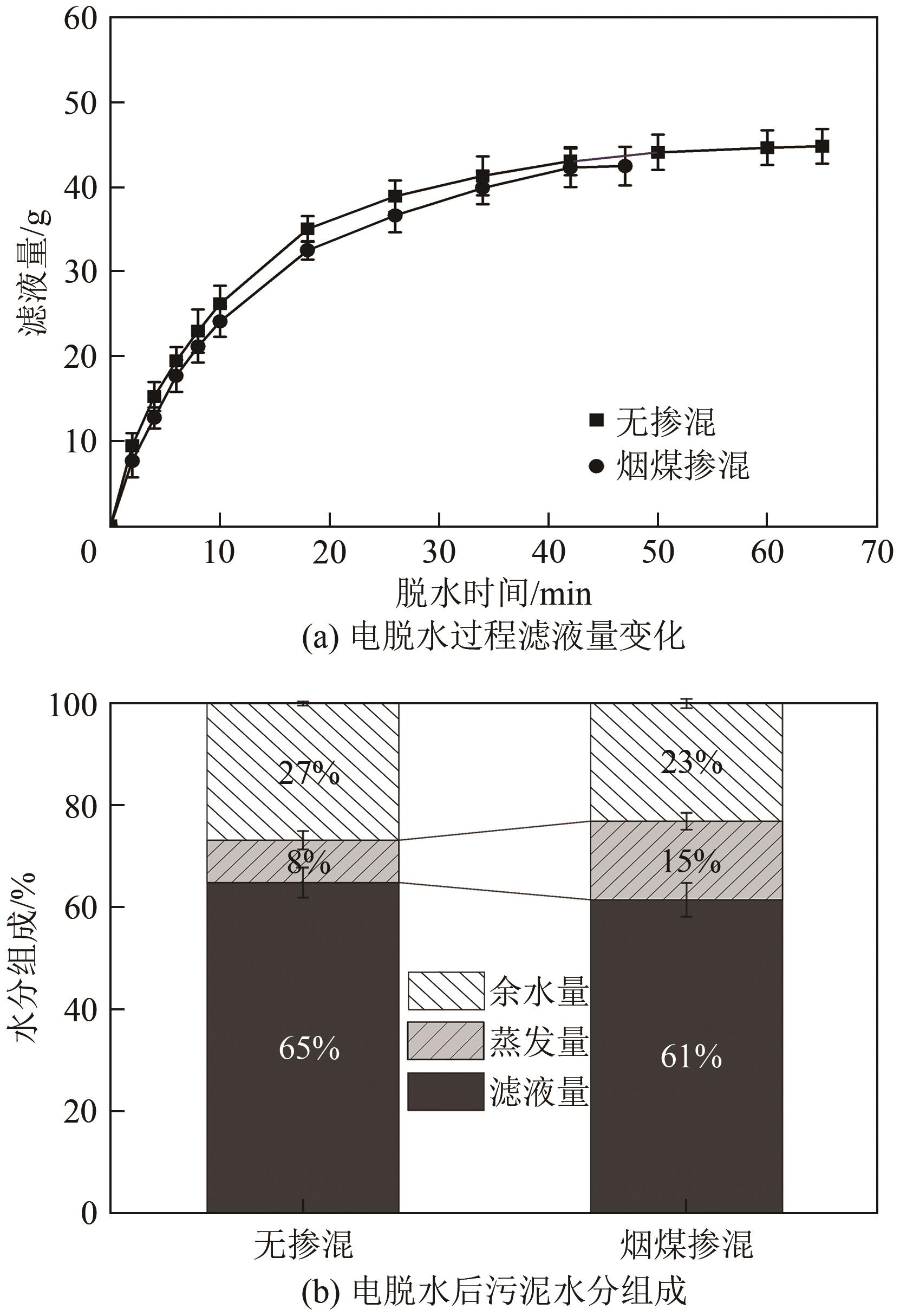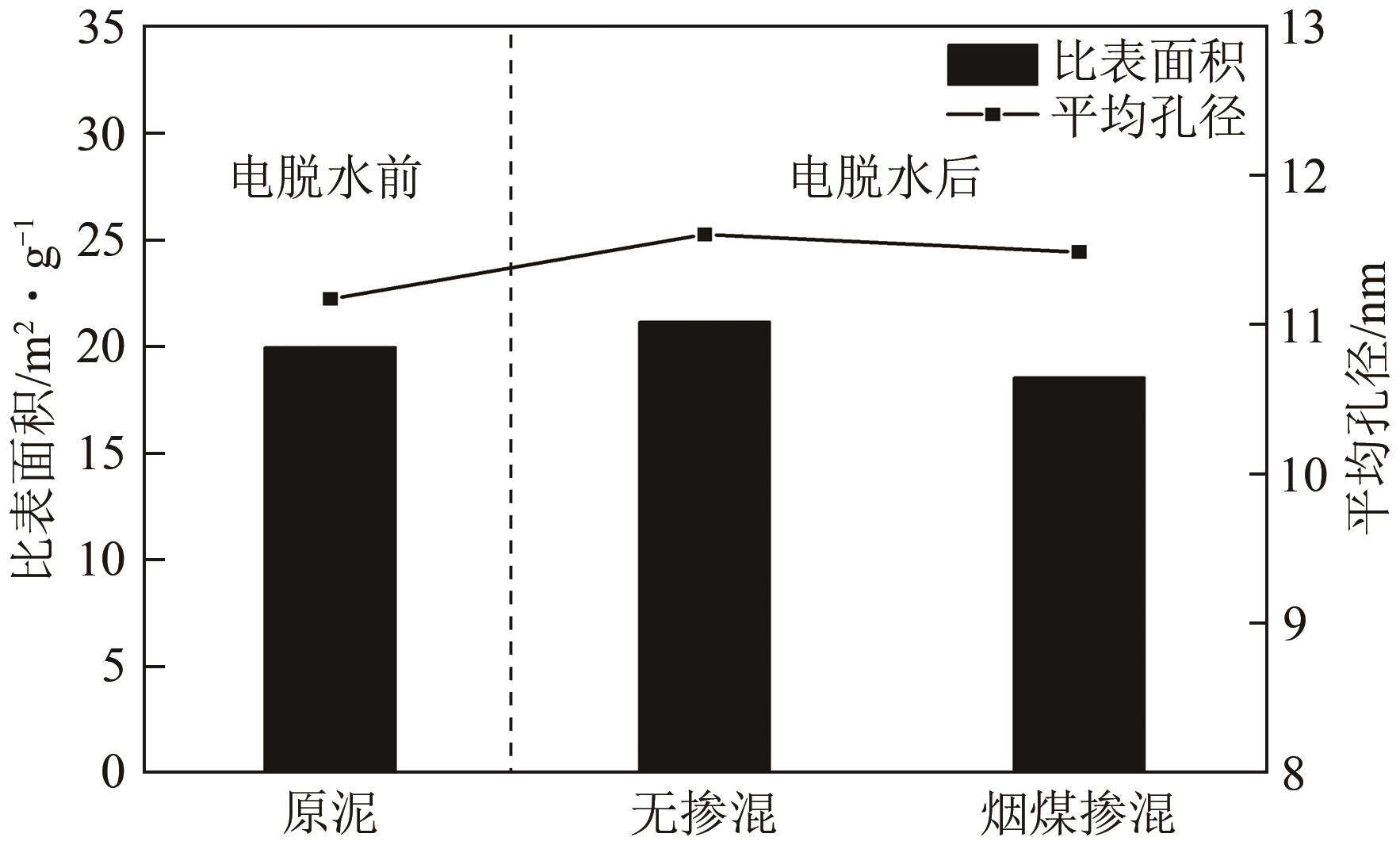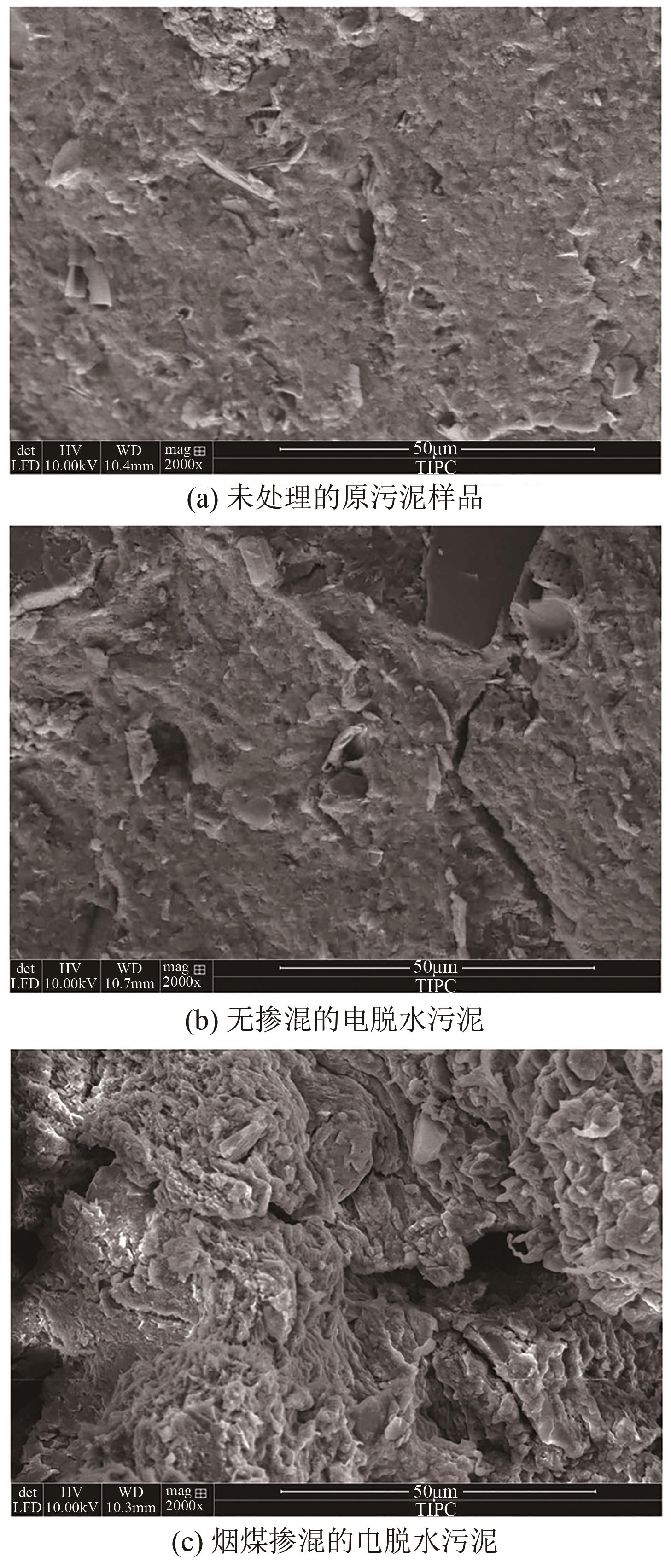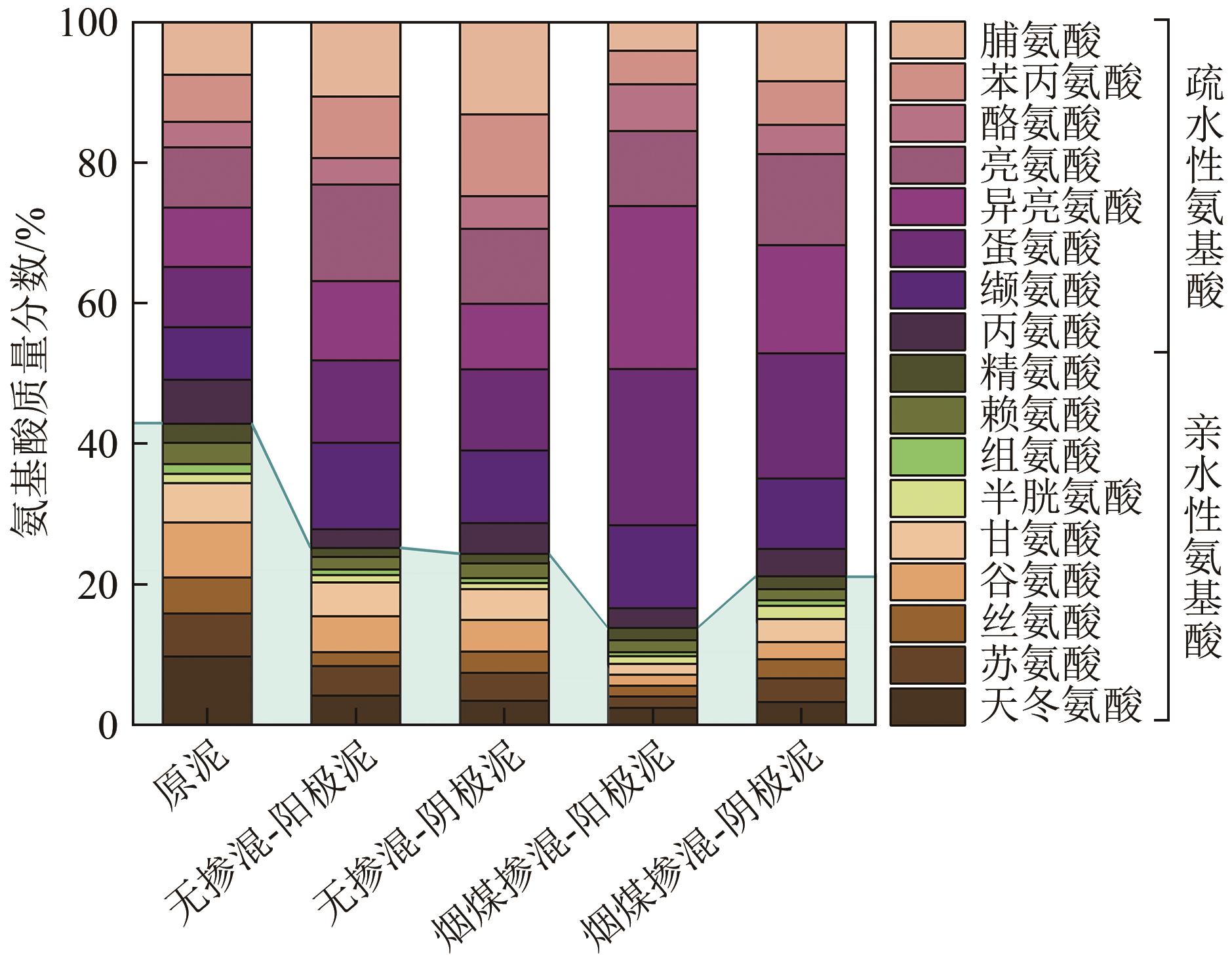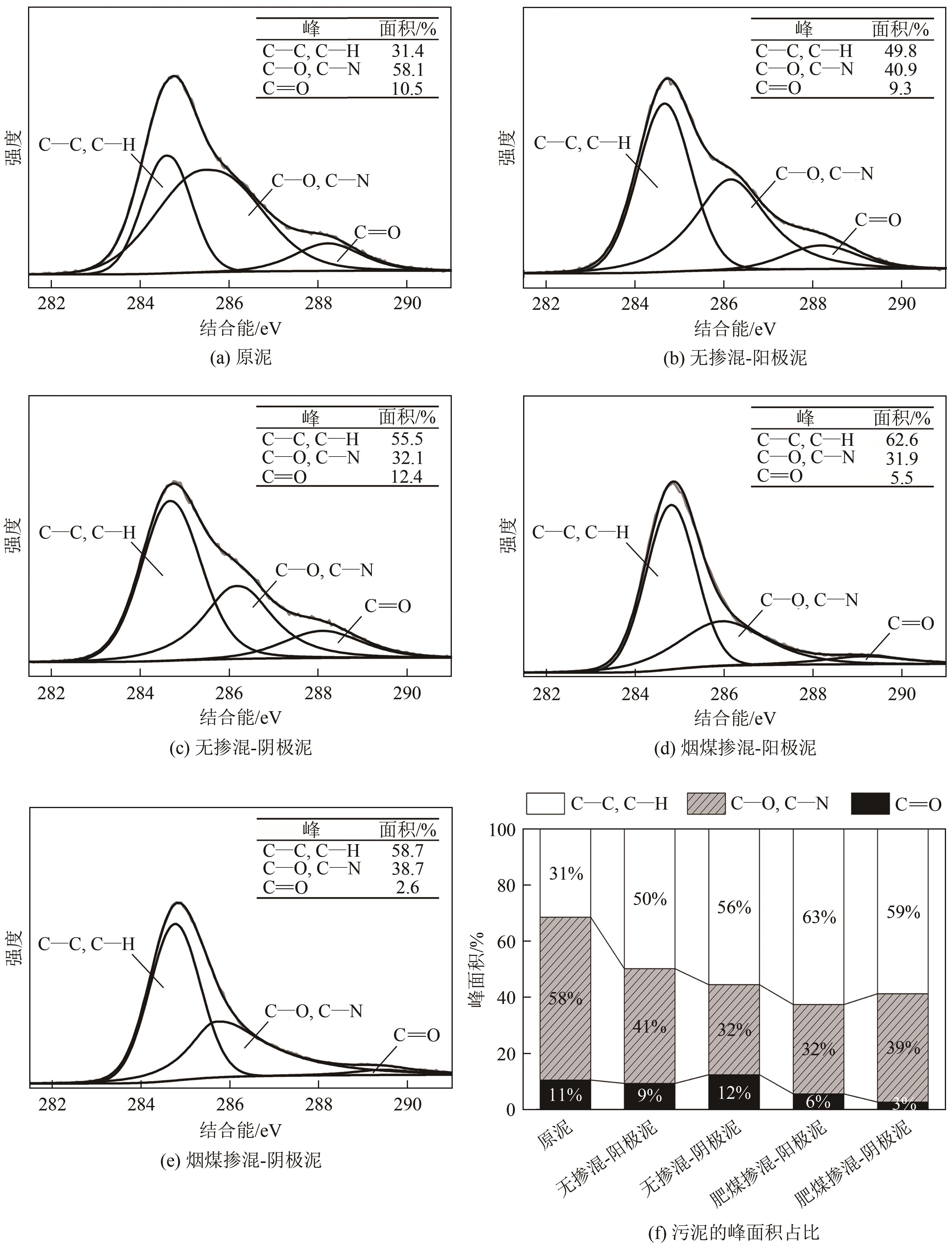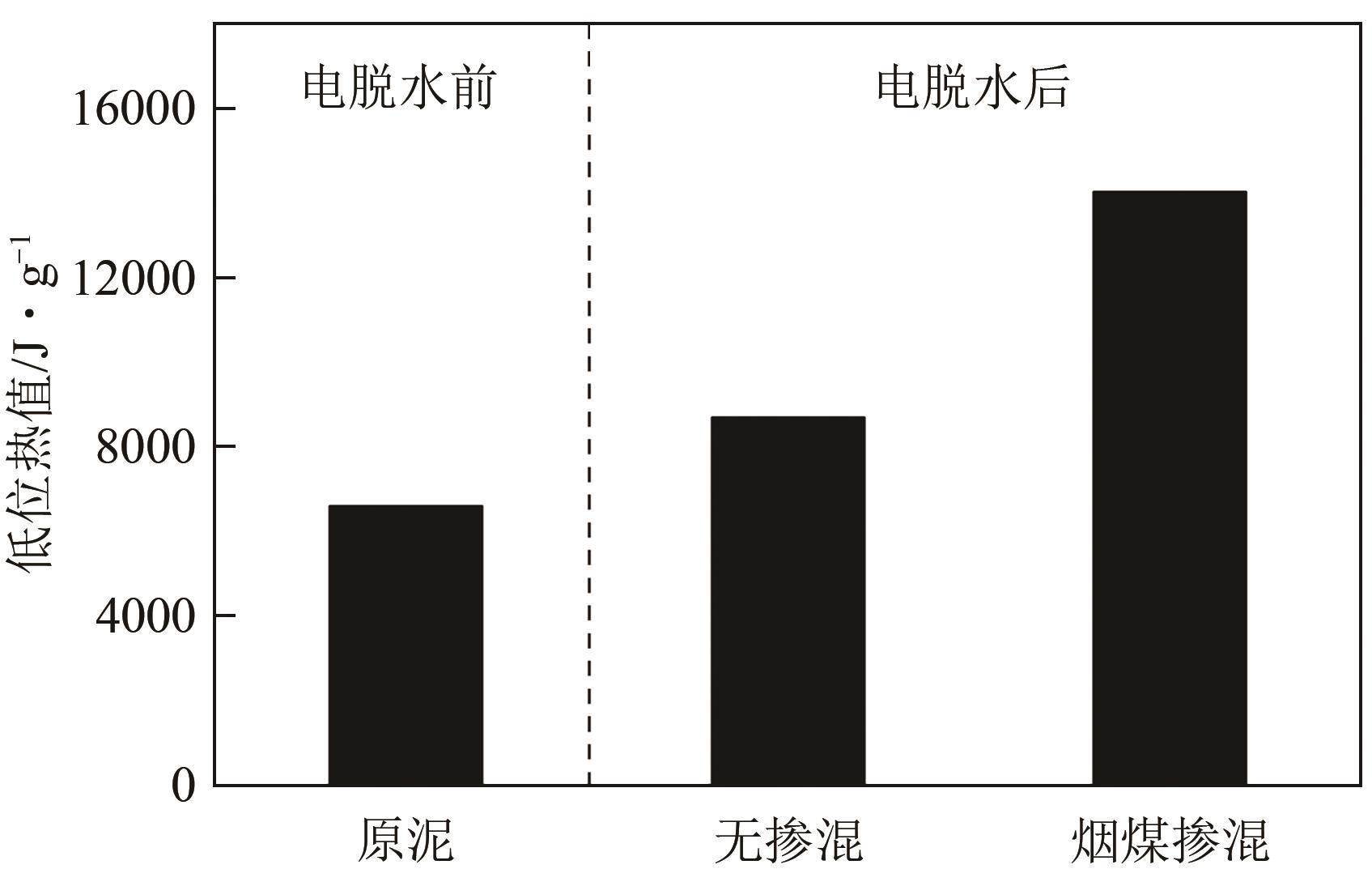| 1 |
常占坤, 张弛, 苏冰琴, 等. H2S气态基质对污泥生物沥滤处理效能的影响[J]. 化工进展, 2023, 42(5): 2733-2743.
|
|
CHANG Zhankun, ZHANG Chi, SU Bingqin, et al. Effect of H2S gaseous substrate on sludge bioleaching treatment efficiency[J]. Chemical Industry and Engineering Progress, 2023, 42(5): 2733-2743.
|
| 2 |
王飞, 张盛, 王丽花. 燃煤耦合污泥焚烧发电技术研究进展[J]. 洁净煤技术, 2022, 28(3): 82-94.
|
|
WANG Fei, ZHANG Sheng, WANG Lihua. Research progress of coal-fired coupled sludge incineration power generation technology[J]. Clean Coal Technology, 2022, 28(3): 82-94.
|
| 3 |
赵发敏, 李兴杰, 冯楠, 等. 污泥处理处置技术的应用研究及进展[J]. 有色冶金节能, 2021, 37(6): 50-54.
|
|
ZHAO Famin, LI Xingjie, FENG Nan, et al. Research and progress on application of sludge treatment &disposal technology[J]. Energy Saving of Nonferrous Metallurgy, 2021, 37(6): 50-54.
|
| 4 |
何梓涵, 徐凤. 城市污泥焚烧研究进展[J]. 绿色矿冶, 2023, 39(1): 95-100.
|
|
HE Zihan, XU Feng. Research progress of municipal sludge incineration[J]. Sustainable Mining and Metallurgy, 2023, 39(1): 95-100.
|
| 5 |
屈园浩, 邓文义, 谢晓丹, 等. 活性炭/石墨辅助污泥电渗脱水研究[J]. 化工学报, 2023, 74(7): 3038-3050.
|
|
QU Yuanhao, DENG Wenyi, XIE Xiaodan, et al. Study on electro-osmotic dewatering of sludge assisted by activated carbon/graphite[J]. CIESC Journal, 2023, 74(7): 3038-3050.
|
| 6 |
陈繁荣, 孙鸣, 高晓明. 生活污泥与煤混烧及热解特性[J]. 环境工程学报, 2017, 11(5): 3161-3165.
|
|
CHEN Fanrong, SUN Ming, GAO Xiaoming. Combustion and pyrolysis characteristics of sewage sludge and coal[J]. Chinese Journal of Environmental Engineering, 2017, 11(5): 3161-3165.
|
| 7 |
曾成才. 烟煤掺烧污泥燃烧特性实验研究及分析[D]. 广州: 华南理工大学, 2014.
|
|
ZENG Chengcai. Study and analy on the co-combustion of sludge and coal[D]. Guangzhou: South China University of Technology, 2014.
|
| 8 |
MAHMOUD Akrama, OLIVIER Jérémy, VAXELAIRE Jean, et al. Electro-dewatering of wastewater sludge: Influence of the operating conditions and their interactions effects[J]. Water Research, 2011, 45: 2795-2810.
|
| 9 |
SHA Li, YU Xiaoyan, WU Zhangxiang, et al. Study of the variations in apparent electrical resistivity of activated sludge during the electro-dewatering process[J]. Environmental Research, 2021, 198: 110453.
|
| 10 |
肖君. 电解质调理市政污泥电渗透脱水及规律研究[D]. 武汉: 华中科技大学, 2017.
|
|
XIAO Jun. Electro-dewatering of sewage sludge conditioned with electrolytes and its mechanism[D]. Wuhan: Huazhong University of Science and Technology, 2017.
|
| 11 |
ZHOU Jiaxiang, LIU Zheng, SHE Peng, et al. Water removal from sludge in a horizontal electric field[J]. Drying Technology, 2001, 19(3/4): 627-638.
|
| 12 |
李亚林, 刘蕾, 张毅, 等. 电渗透/Fe-过硫酸盐氧化协同强化污泥深度脱水[J]. 化工学报, 2016, 67(9): 4013-4019.
|
|
LI Yalin, LIU Lei, ZHANG Yi, et al. Coordination of electro-osmotic and Fe-persulfate oxidation process on sewage sludge deep-dewatering[J]. CIESC Journal, 2016, 67(9): 4013-4019.
|
| 13 |
LIU Changyuan, ZHOU Xingqiu, ZHOU Lang, et al. Enhancement of sludge electro-dewatering by anthracite powder modification[J]. Environmental Research, 2021, 201: 111510.
|
| 14 |
SHA Li, YU Xiaoyan, ZHANG Yuxin, et al. Investigation on the variations of sludge water holding capacity of electro-dewatering process[J]. Environmental Research, 2020, 190: 110011.
|
| 15 |
YU Wenbo, YANG Jiakuan, WU Xu, et al. Study on dewaterability limit and energy consumption in sewage sludge electro-dewatering by in-situ linear sweep voltammetry analysis[J]. Chemical Engineering Journal, 2017, 317: 980-987.
|
| 16 |
魏侦凯. 炼焦煤焦化关联性与焦炭质量的相关性研究[D]. 唐山: 华北理工大学, 2019.
|
|
WEI Zhenkai. Study on the correlation between related coking properties of coking coal and coke quality[D]. Tangshan: North China University of Science and Technology, 2019.
|
| 17 |
李娜. 不同预处理方法对污泥脱水中氨基酸种类和含量的影响规律及机理研究[D]. 武汉: 华中科技大学, 2019.
|
|
LI Na. Profiling of amino acids and their effects on sludge dewaterability using different pretreatment methods[D]. Wuhan: Huazhong University of Science and Technology, 2019.
|
| 18 |
LIU Jibao, WEI Yuansong, LI Kun, et al. Microwave-acid pretreatment: A potential process for enhancing sludge dewaterability[J]. Water Research, 2016, 90: 225-234.
|
| 19 |
郭毅斌, 张硕, 杨玉堂, 等. 改性咖啡渣生物炭提升污泥脱水性能的研究[J]. 应用化工, 2023, 52(8): 2346-2352.
|
|
GUO Yibin, ZHANG Shuo, YANG Yutang, et al. Study on enhancement of sludge dewatering performance using modified spent coffee ground biochar[J]. Applied Chemical Industry, 2023,52(8): 2346-2352.
|
| 20 |
中华人民共和国国家质量监督检验检疫总局, 中国国家标准化管理委员会. 城镇污水处理厂污泥处置单独焚烧用泥质: [S]. 北京: 中国标准出版社, 2010.
|
|
General Administration of Quality Supervision, Inspection and Quarantine of the People's Republic of China, Standardization Administration of the People's Republic of China. Disposal of sludge from municipal wastewater treatment plant—Quality of sludge used in separate incineration: [S]. Beijing: Standards Press of China, 2010.
|
| 21 |
别康. 熔融碳酸盐直接煤/碳燃料电池电化学性能研究[D]. 武汉: 华中科技大学, 2019.
|
|
BIE Kang. Study on the electrochemical performance of molten carbonate direct coal/carbon fuel cells[D]. Wuhan: Huazhong University of Science and Technology, 2019.
|
| 22 |
YU Wenbo, YANG Jiakuan, SHI Yafei, et al. Roles of iron species and pH optimization on sewage sludge conditioning with Fenton's reagent and lime[J]. Water Research, 2016, 95: 124-133.
|
| 23 |
CAO Bingdi, WANG Ruilu, ZHANG Weijun, et al. Carbon-based materials reinforced waste activated sludge electro-dewatering for synchronous fuel treatment[J]. Water Research, 2019, 149: 533-542.
|
| 24 |
ZHU Yuwei, XIAO Keke, ZHOU Yan, et al. Profiling of amino acids and their interactions with proteinaceous compounds for sewage sludge dewatering by Fenton oxidation treatment[J]. Water Research, 2020, 175: 115645.
|
| 25 |
HOU Xiaolin, LIU Sitong, ZHANG Zuotao. Role of extracellular polymeric substance in determining the high aggregation ability of anammox sludge[J]. Water Research, 2015, 75: 51-62.
|
| 26 |
刘长远. 无烟煤调节污泥电导率的污泥电渗透脱水性能研究[D]. 广州: 华南理工大学, 2020.
|
|
LIU Changyuan. Study on the performance of sludge electro-dewatering by adjusting sludge conductivity with anthracite[D]. Guangzhou: South China University of Technology, 2020.
|
| 27 |
ZHANG Pan, ZHANG Nan, WANG Qiang, et al. Disulfide bond reconstruction: A novel approach for grafting of thiolated chitosan onto wool[J]. Carbohydrate Polymers, 2019, 203: 369-377.
|
| 28 |
CHEN Dandan, DOU Yuhao, TANG Qin, et al. New insight on the combined effects of hydrothermal treatment and FeSO4/Ca(ClO)2 oxidation for sludge dewaterability improvement: From experimental to theoretical investigation[J]. Fuel Processing Technology, 2020, 197: 106196.
|
| 29 |
SHA Li, WU Zhangxiang, LING Zichen, et al. Investigation on the improvement of activated sludge dewaterability using different iron forms [ZVI vs. Fe(Ⅱ)] /peroxydisulfate combined vertical electro-dewatering processes[J]. Chemosphere, 2022, 292: 133416.
|
| 30 |
MENG Fanyue, SONG Min, WEI Yuexing, et al. The contribution of oxygen-containing functional groups to the gas-phase adsorption of volatile organic compounds with different polarities onto lignin-derived activated carbon fibers[J]. Environmental Science and Pollution Research, 2019, 26: 7195-7204.
|
| 31 |
孟祥曦. 表面活性剂对煤体的微观湿润机理及复配优选研究[D]. 阜新: 辽宁工程技术大学, 2022.
|
|
MENG Xiangxi. Study on micro wetting mechanism and compound optimization of surfactant on coal[D]. Fuxin: Liaoning Technical University, 2022.
|
 ), 苏莹嘉3, 凌子琛3, 于晓艳4, 李书鹏1,2, 郭丽莉1,2, 熊静1,2, 房连虎1, 张冉1,2, 张书廷3(
), 苏莹嘉3, 凌子琛3, 于晓艳4, 李书鹏1,2, 郭丽莉1,2, 熊静1,2, 房连虎1, 张冉1,2, 张书廷3( )
)
 ), SU Yingjia3, LING Zichen3, YU Xiaoyan4, LI Shupeng1,2, GUO Lili1,2, XIONG Jing1,2, FANG Lianhu1, ZHANG Ran1,2, ZHANG Shuting3(
), SU Yingjia3, LING Zichen3, YU Xiaoyan4, LI Shupeng1,2, GUO Lili1,2, XIONG Jing1,2, FANG Lianhu1, ZHANG Ran1,2, ZHANG Shuting3( )
)
